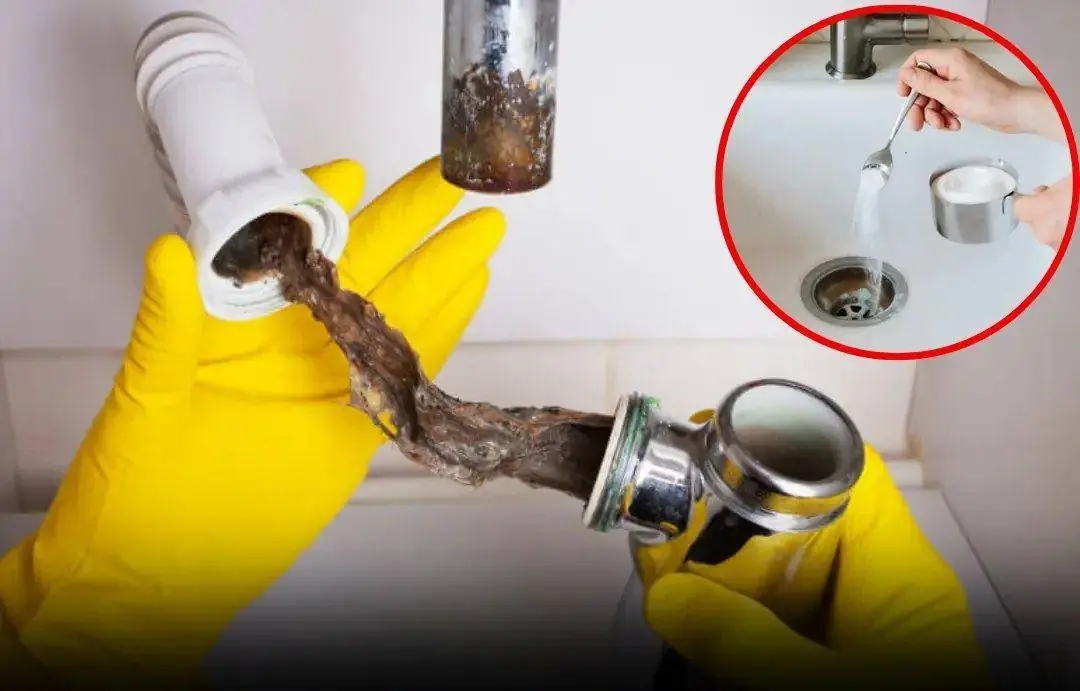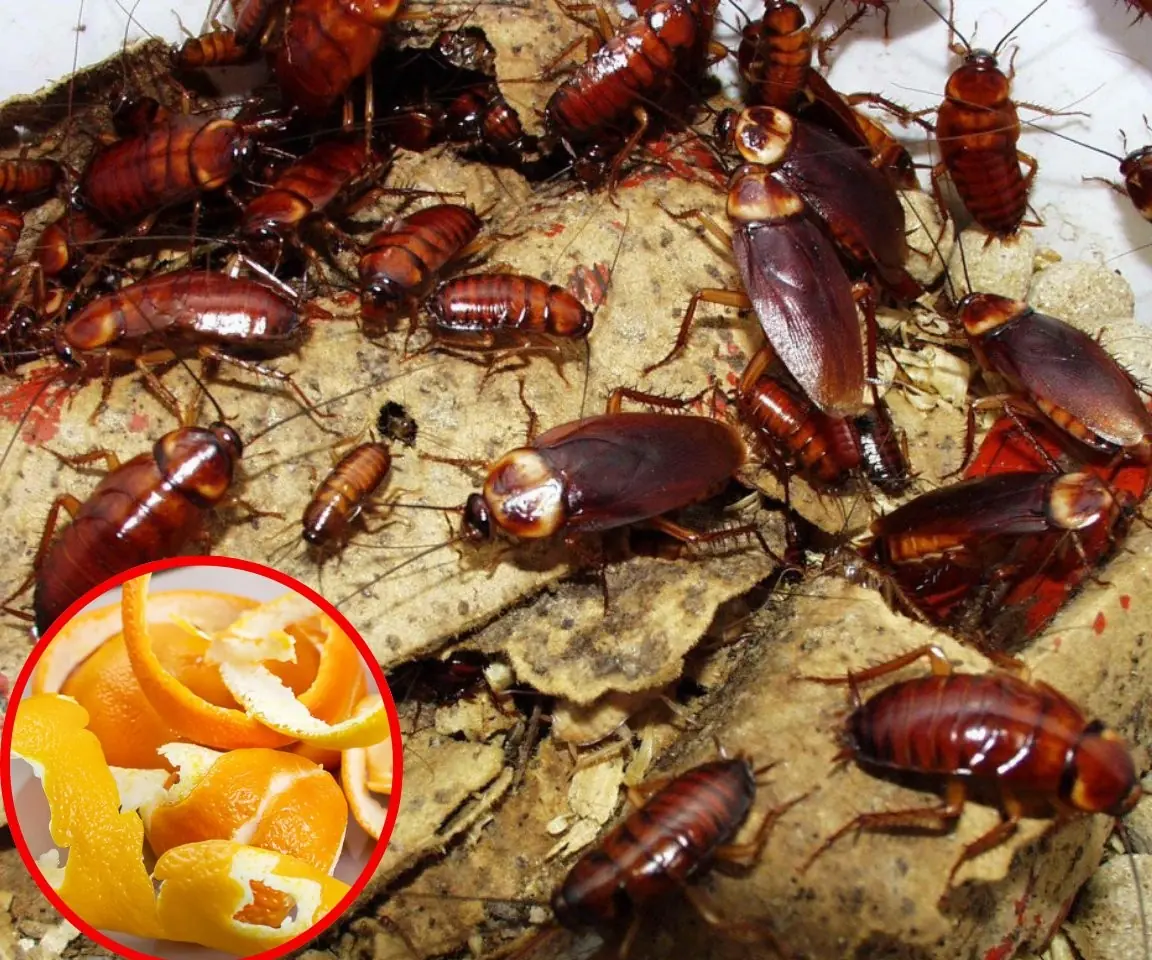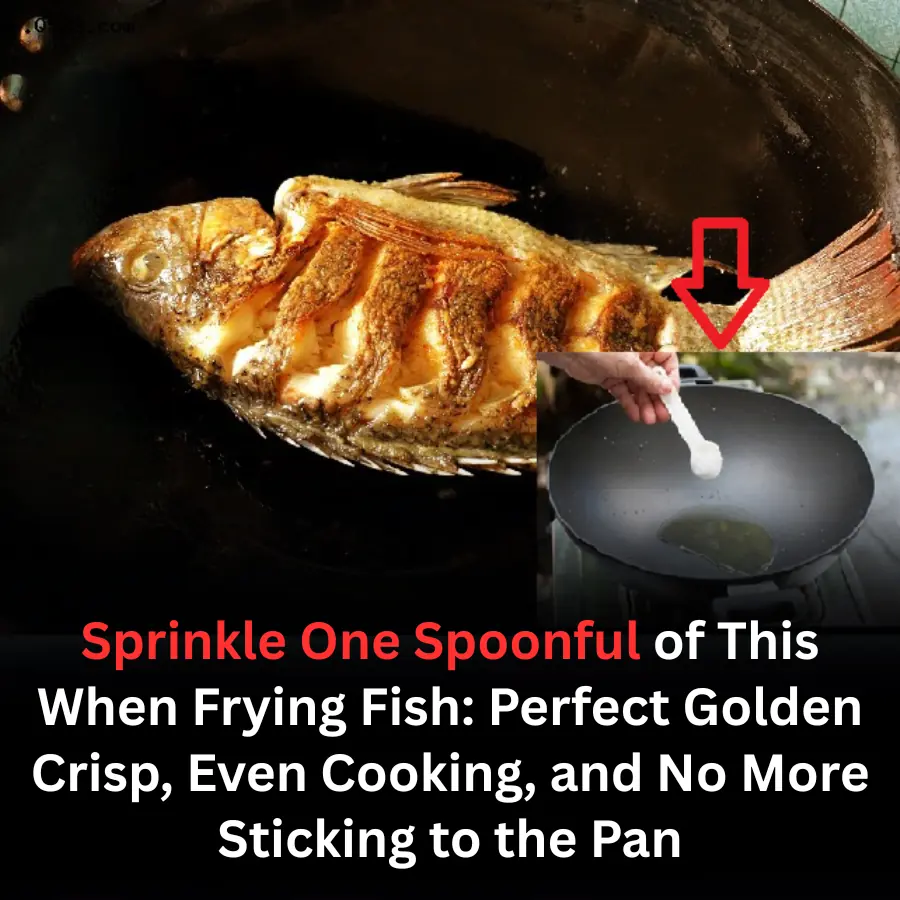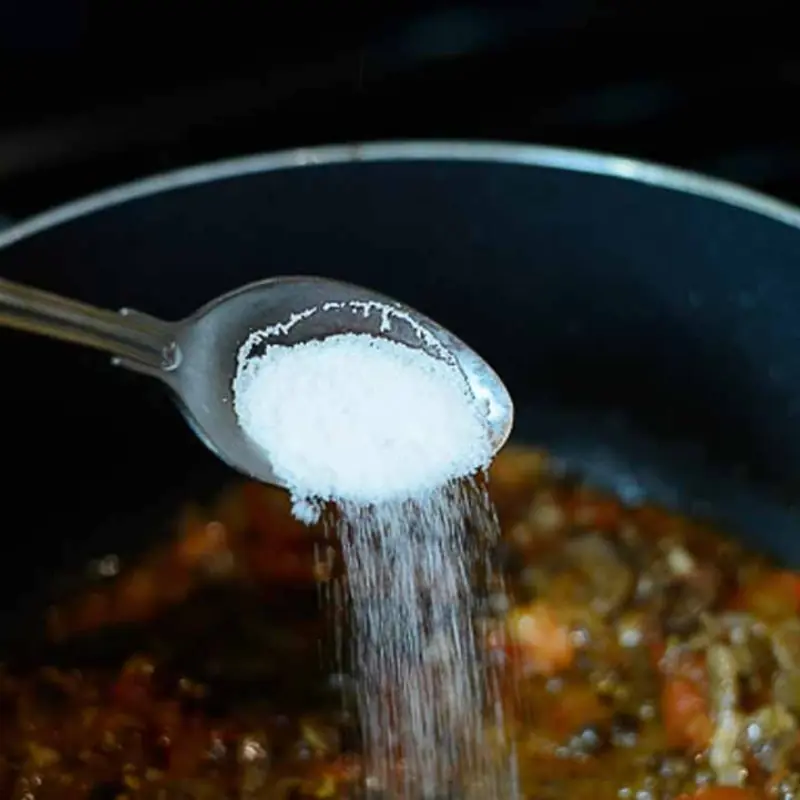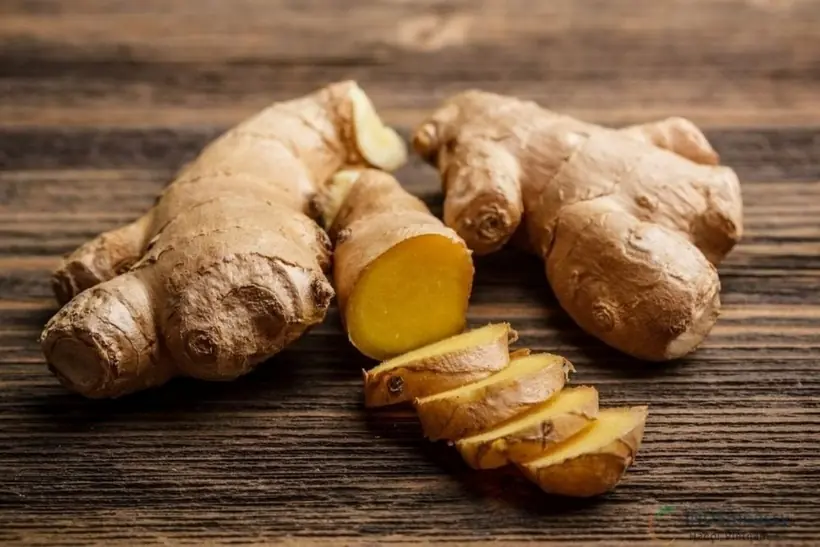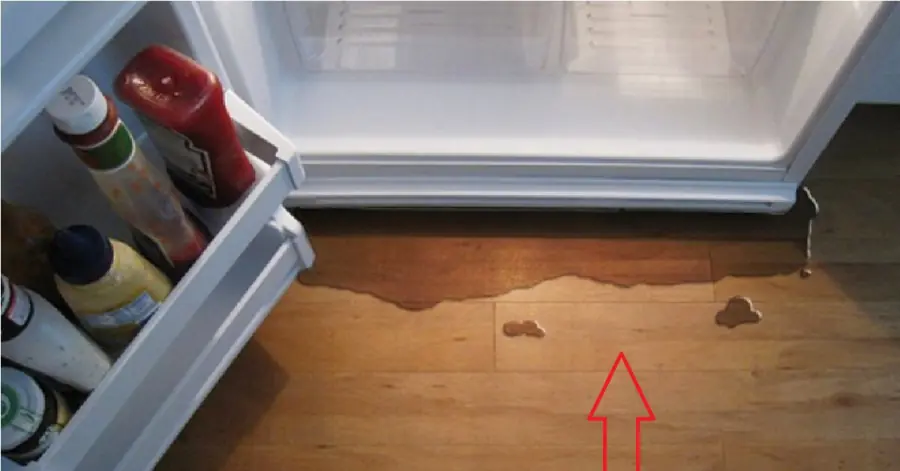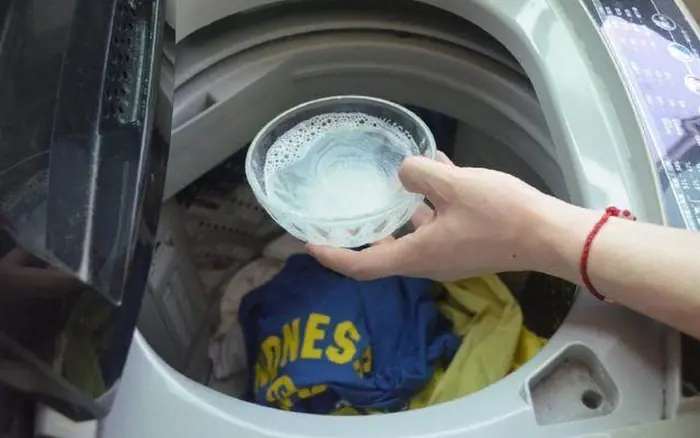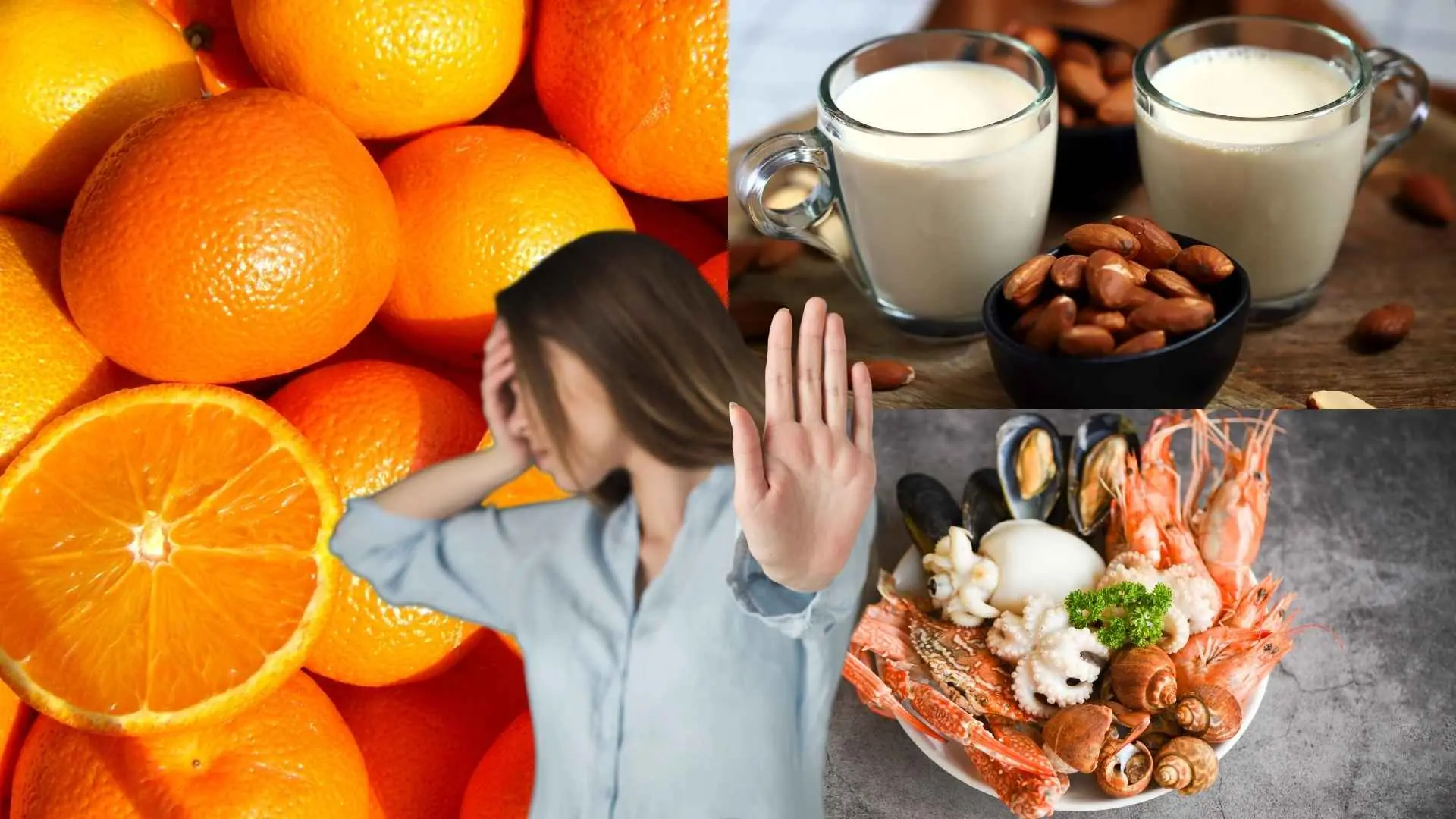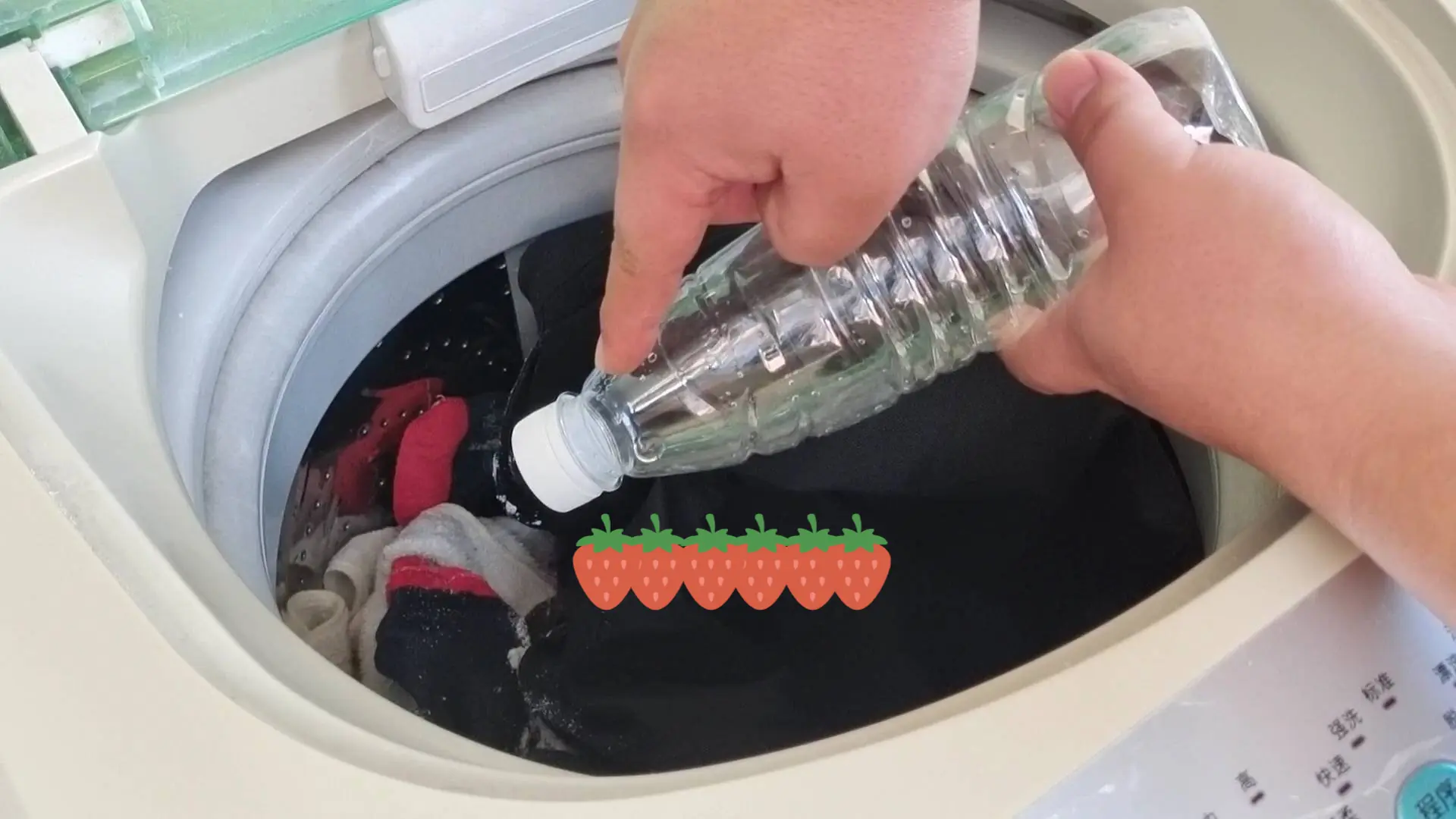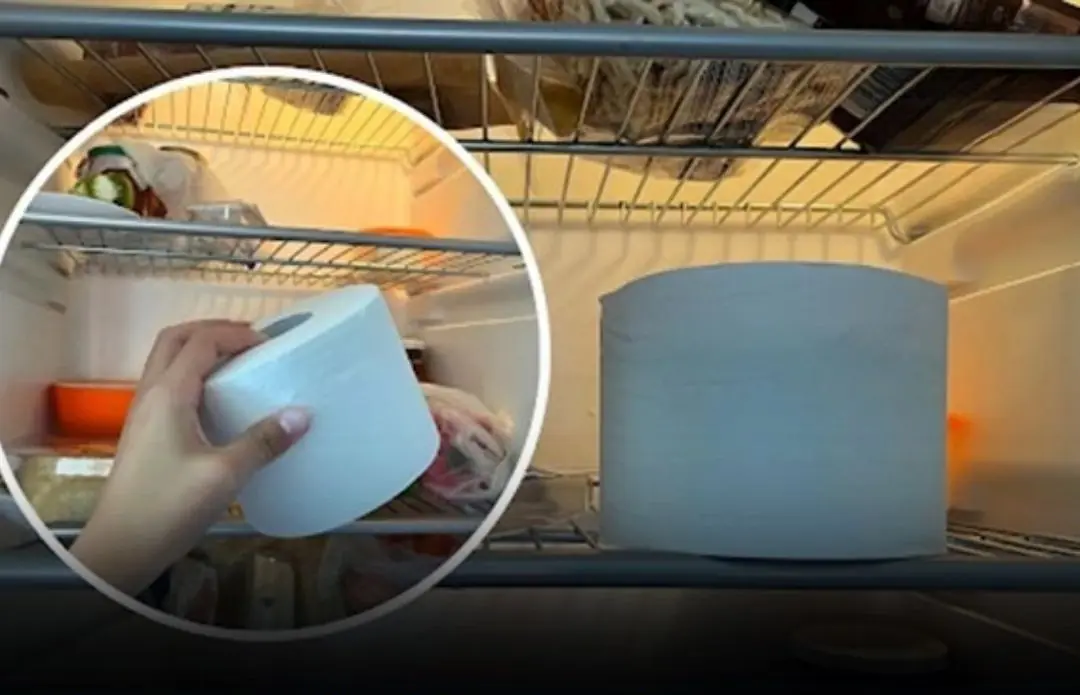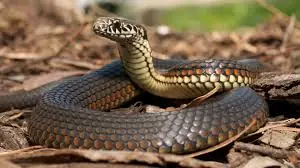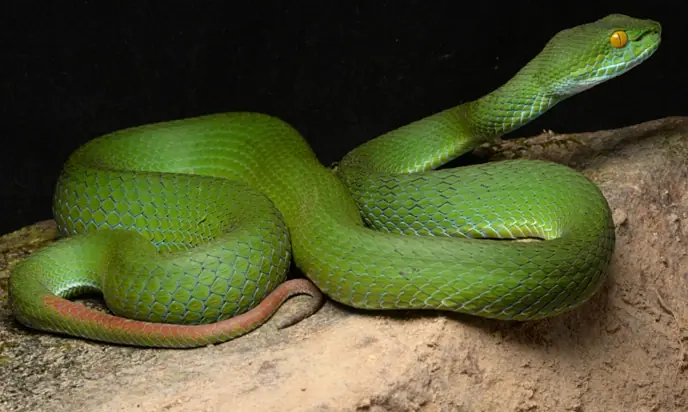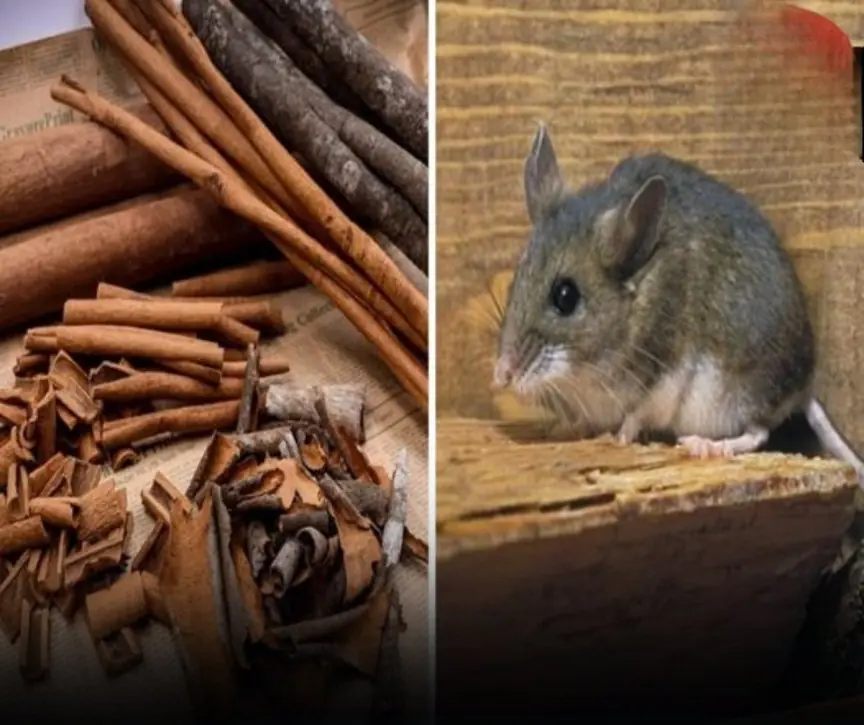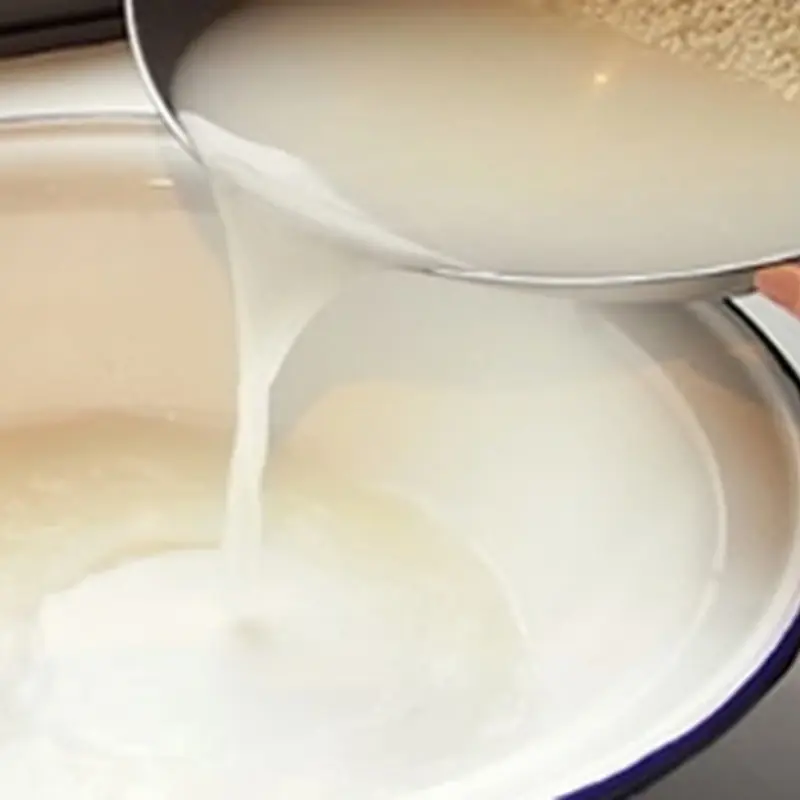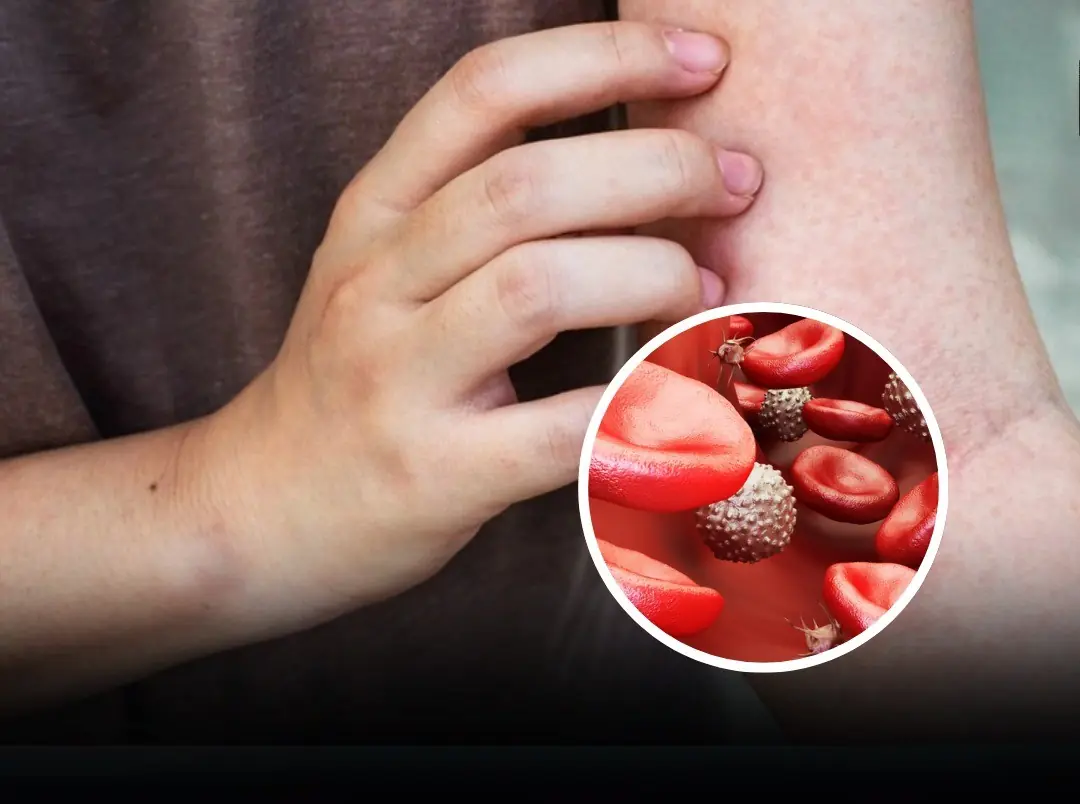As indoor gardening grows in popularity, many plant lovers are excited to bring a bit of nature inside. Not only do houseplants look beautiful, but they can also bring "peace, purpose, and calm into the home," says plant consultant and educator Britt Parrish.
But not all plants are ideal for indoor environments. Some struggle with lower light and humidity, while others simply need more space than most homes can offer. Here are the ones that our experts say you should skip for home growing—plus, a few better alternatives.
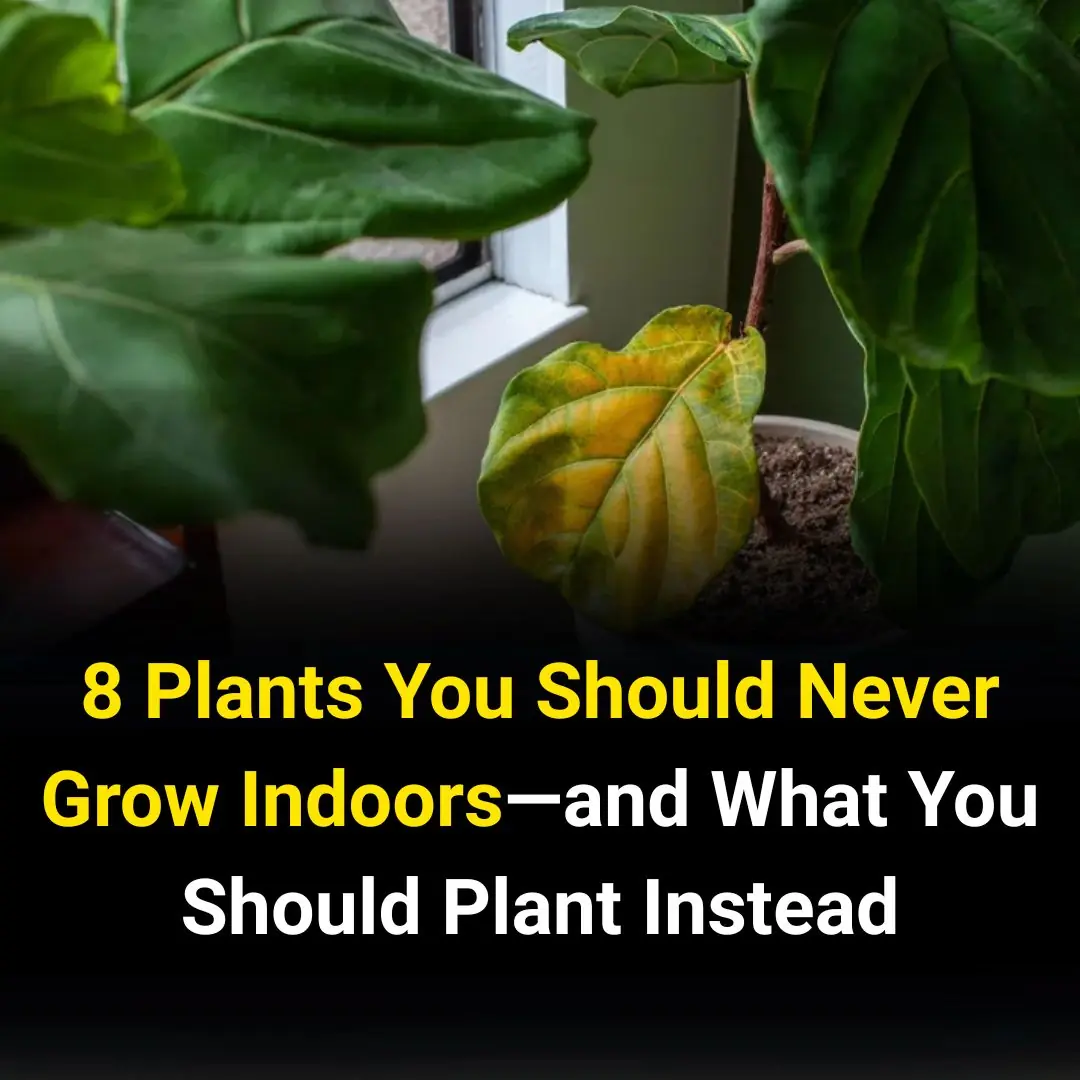
Temperate Carnivorous Plants
If you’re thinking about growing carnivorous plants indoors, then it’s essential to pick ones that do well inside—some just aren’t built for it. Venus fly traps and North American pitcher plants (Sarracenia), for example, are very popular—but they're not great houseplants, according to gardening expert Bex Claire Hamell.
In the wild, these plants grow in sunny, swampy spots and go dormant in the winter. “They need this period of cold dormancy, so unless you have space in your fridge to store dormant plants, leave these plants outside,” says Claire.
Instead, they suggest trying tropical butterworts (Pinguicula) from Mexico, which like bright windows and prefer normal indoor temperatures. Bonus—they eat fungus gnats!
Colocasia and Caladiums
Commonly called Elephant Ears, Colocasia and Caladiums aren’t the best choices for indoor growing. They need high humidity, bright light, and consistently moist soil —conditions that aren’t always easy to maintain indoors. Plus, they go dormant during the cooler months, often confusing people into thinking that the plant has died.
“If you live in a colder climate and these aren’t winter hardy for you, then I recommend digging up their corms (which are similar to bulbs) for winter storage instead of trying to grow them as houseplants," says Claire.
If you like the bold, tropical look of Colocasia and Caladiums but want something more suited to indoor life, then Claire suggests growing Alocasia. These plants have a similar vibe with large, striking leaves, but are generally more adaptable to indoor conditions and tolerant of missed waterings.
"You still have to watch out for pests like spider mites and thrips, but overall, they are much easier for the average houseplant enthusiast to keep happy indoors,” they add.
Majesty Palms
Majesty palms may look like perfect indoor plants, but they’re actually pretty high-maintenance. Parrish says they need lots of bright indirect light, high humidity, and just the right amount of water—and most homes are too dry and dim for them.
“I keep seeing palm trees on good houseplant lists, but they're also one of the plants that I see on the curb most regularly,” Claire adds.
If you want a palm that thrives inside, opt for Parlor Palm instead. “These, though typically smaller, still give palm vibes—with a lot more forgiveness and ease in their care,” says Parrish.
Tuberous and Wax Begonias
Tuberous begonias need a winter dormancy, when they die back to a tuber, which should be stored and replanted in spring. Meanwhile, wax begonias can technically grow indoors, but they usually won’t bloom as well or look as tidy as they do outside, says Claire.
Rhizomatous and cane begonias are much better suited to indoor life. They thrive in bright, indirect light and average home humidity. “Their flowers may not be quite as showy as the tuberous or wax begonias, but their huge variety of leaf shapes, colors, and patterns more than make up for it,” they say.
Some Food Plants
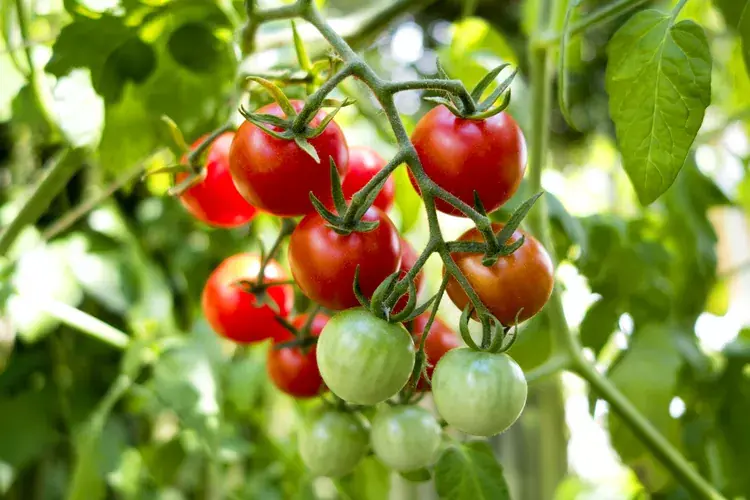
Some food crops, like grains, beans, squash, melons, and tomatoes, need more space, sunlight, or water than a typical home can offer.
However, other edible plants are well-suited to container life and can happily spend the winter indoors before heading outside for summer. Claire says that herbs and spices like ginger, turmeric, lemongrass, rosemary, and bay laurel all do well in pots.
Banana Trees
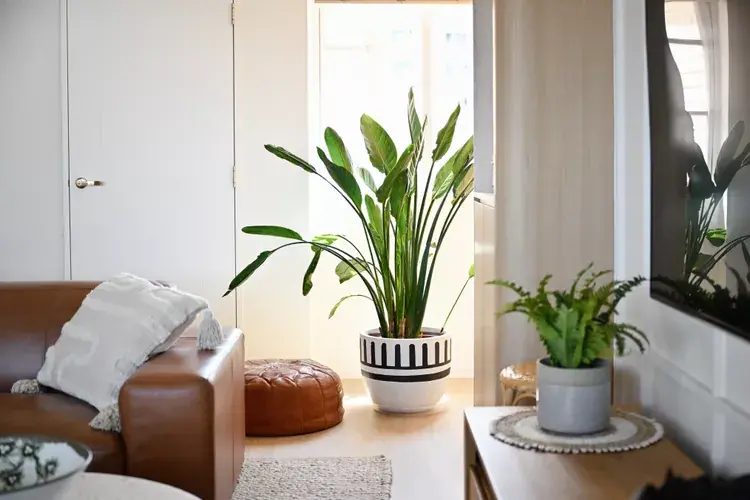
Banana trees are another plant that seems like it should be easy to grow indoors, but that's actually quite demanding. They need lots of sun, warmth, humidity, and space to thrive—and even then, most indoor setups just can’t deliver enough light or room for them to grow correctly, says Parrish.
With its similar tropical vibe and lush leaves, bird of paradise is a much better indoor choice. It's more compact, it thrives in indirect light, and it needs less humidity and pruning than banana trees.
Certain Ficus
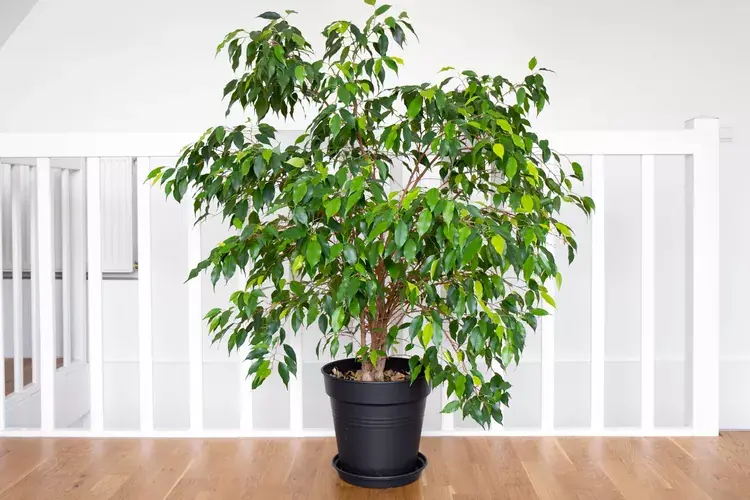
“Ficus benjamina (weeping fig) and Ficus lyrata (fiddle-leaf fig) are iconic houseplants, but many people struggle to keep them happy,” says Claire. “They’re sensitive to changes in light and will drop a bunch of leaves to let you know when they’re displeased.”
A better option is Ficus elastica, or rubber plant. It’s much more adaptable to indoor environments and comes in many attractive cultivars. “I’m currently loving the cultivar ‘Belize’ aka ‘Ruby,' which has pink variegation on the leaves, and ‘Chloe,' which has wider, rounder leaves than other types,” Claire adds.
Oleander
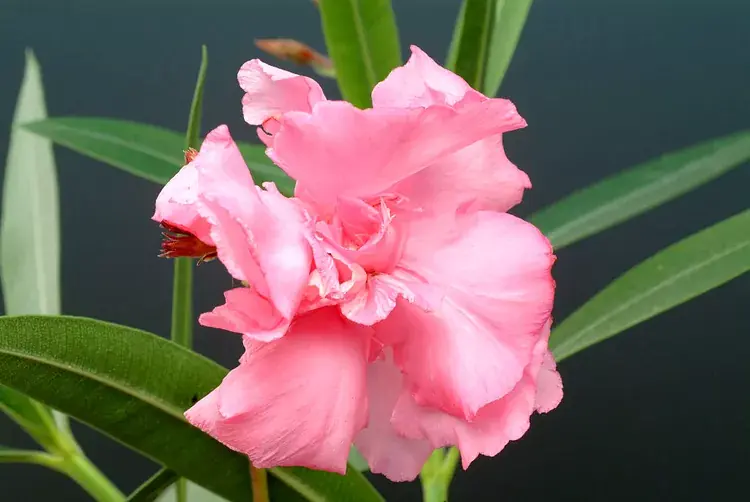
Oleander may look appealing with its lush foliage and trumpet-like flowers, but it’s highly toxic. The plant contains cardiac glycosides, which can cause severe symptoms like vomiting, seizures, or even heart failure if ingested. To make matters worse, Oleander also regularly drops its leaves and flowers, making it a risky indoor choice.
For a safer flowering option, try African violets or bromeliads. Both are nontoxic, easier to care for, and thrive in bright, indirect light.





